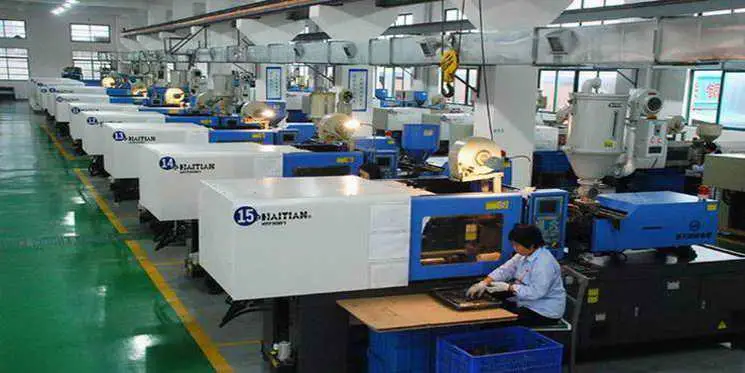What are fillers and what types are there?
Fillers, also called filling materials, are substances added to plastics and other polymer materials.
(1) Functions of fillers
① Increase volume and reduce cost: Resin is expensive, which raises the price of plastic products, while fillers are much cheaper. Adding fillers can significantly reduce the amount of resin used, with addition amounts up to about 40%. This greatly increases the total volume of plastic and significantly lowers the cost.
② Modify plastic properties: After adding fillers, certain properties of plastics such as heat resistance, weather resistance, hardness, dimensional stability, and flame retardancy can be greatly improved, thereby enhancing the quality of the plastic.
(2) Mechanism of action of fillers
Generally, plastic manufacturers do not simply mix fillers in; there exist secondary valence forces between them. Although these forces are weak, they have binding capabilities and their total strength is not negligible. This changes the conformation equilibrium and relaxation time of resin molecules, reduces the resin’s crystallization tendency and solubility, and increases the glass transition temperature and hardness.
The reinforcement effect of fillers on plastic properties is generally believed to result from the active surface of filler particles physically interacting with some resin macromolecular chains through secondary valence forces, forming physical crosslinks. When one molecular chain is stressed, these crosslinks disperse and transfer the stress to other chains. If one chain breaks, other chains can play a similar role, preventing damage to the whole material. Clearly, the better the affinity between fillers and macromolecules, the stronger the bonding force and thus the greater the reinforcement effect.
(3) Classification of fillers
There are many types of fillers and various classification methods. Generally, they can be classified as follows:
① By chemical composition: inorganic fillers and organic fillers.
② By source: mineral fillers, plant-based fillers, and synthetic fillers.
③ By appearance and shape: granular, powdered, flake-like, solid microspheres, hollow microspheres, and fabric-like fillers.
④ By function: reinforcing, plasticizing, flame-retardant, conductive, heat-resistant, coloring, weather-resistant, anti-adhesive fillers, and various others.






